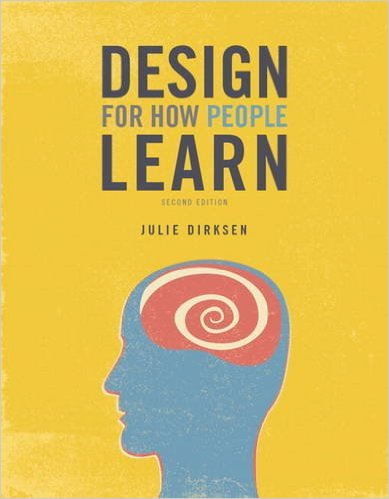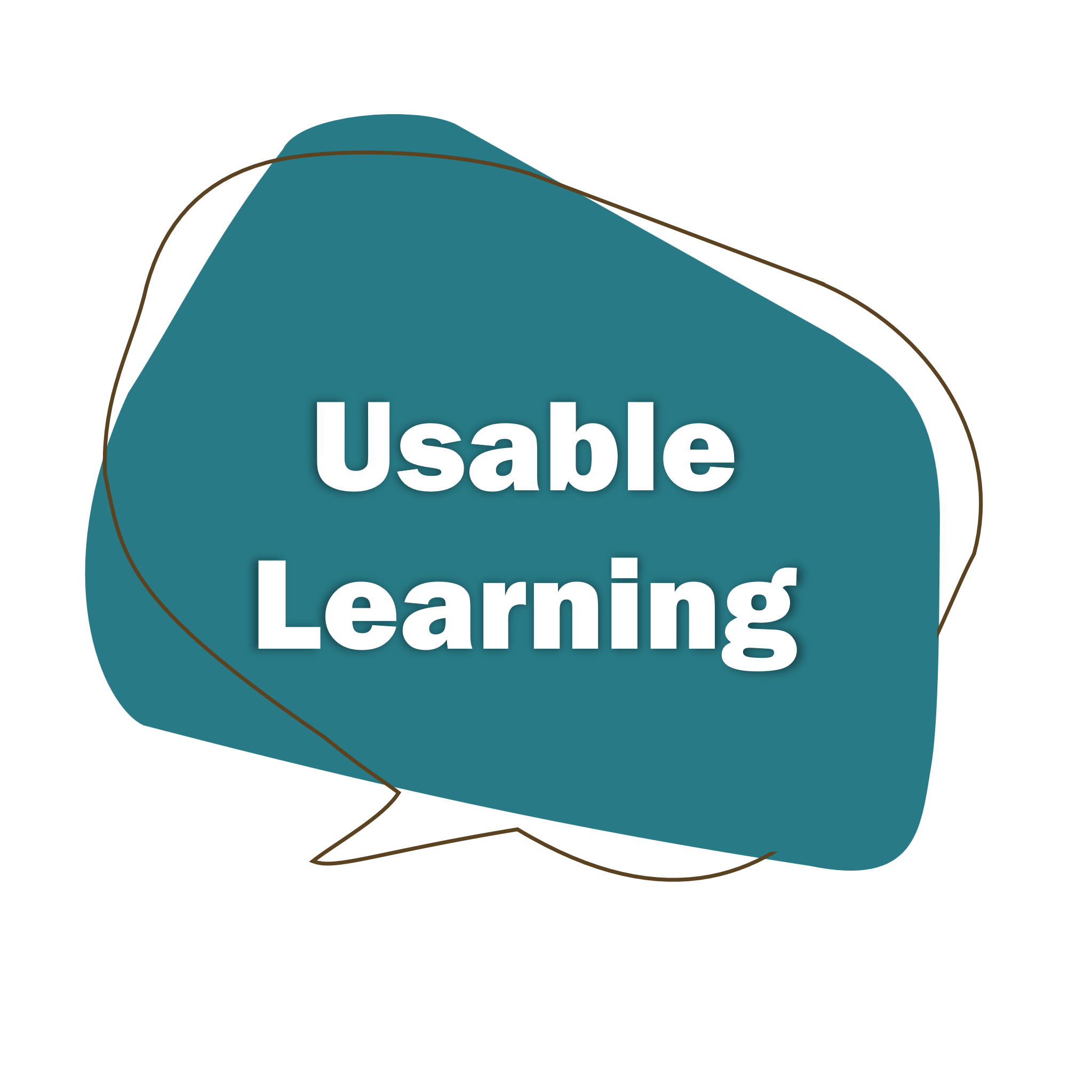
Design for How People Learn is an invaluable introduction for anyone involved in creating learning materials, whether it be educators, instructional designers, or subject matter experts.
Design for How People Learn, Second Edition
Are you an instructor, trainer, or anyone who needs to share knowledge with others?
If so, then you need to read Design for How People Learn, Second Edition. This book will teach you how to use the key principles behind learning, memory, and attention to create materials that enable your audience to both gain and retain the knowledge and skills you’re sharing.
What’s new in the Second Edition?
- An expanded chapter on designing for habits
- A new chapter on social learning strategies
- A new chapter on key considerations for evaluating learning
Who should read this book?
- Anyone who creates learning materials for adult learners
What will you learn in this book?
- How to identify the goals for your learning design
- How to understand and support your learners
- How to understand memory and cognition to support learning
- How to attract and engage your learners’ attention
- How to design for knowledge and skill development
- How to understand and support learner motivation
- How to design for habits
- How to support social and informal learning
- When it’s better to fix the environment rather than fix the learner
- How to think about learning evaluation
With accessible visual metaphors and concrete methods and examples, Design For How People Learn, Second Edition will teach you how to leverage the fundamental concepts of instructional design both to improve your own learning and to engage your audience.
Check out my Design for How People Learn Facebook group

What people are saying:
“If it’s possible to be in love with a book, then I am in love with this one. Julie Dirksen has written a most excellent book for the beginning practitioner as well as the seasoned veteran of instructional design.”
Cammy Bean, Author of The Accidental Instructional Designer
“This book is probably the single best book for the person who’s just getting started and wants to know more about instructional design and how people learn.”
Tom Kuhlmann, Author of the Rapid E-Learning Blog and Chief Learning Architect, Articulate
“I think this book is an excellent resource and should be added to the reading lists of both new and experienced Instructional Designers.”
David Kelly, CEO of the Learning Guild
“Even if you’re not a learning geek, leafing through the pages of Design For How People Learn by Julie Dirksen will make you think, ‘This should be fun.’”
Connie Malamed, The eLearning Coach
Download a Sample Chapter!

Download the complete Chapter 8 from Design for How People Learn in PDF format.
Get Chapter 8!Review the Table of Contents
This book looks at some of the things involved in designing great learning experiences:
Chapter 1: Where Do We Start?
If learning is a journey, what’s the gap between where they are and where they need to be? Sometimes that gap is knowledge, but just as often the gap can be skills, motivation, habit, or environment.
Chapter 2: Who Are Your Learners?
Your learners see the world differently than you do, and to design effective learning experiences you need to understand their view of the world.
Chapter 3: What’s the Goal?
The best learning experiences are designed with a clear destination in mind. Learn how to determine your destination with accuracy.
Chapter 4: How Do We Remember?
Learn about how the brain works to focus on and retain information.
Chapter 5: How Do You Get Their Attention?
Learn strategies for getting past the distractions and helping your learners focus their attention.
Chapter 6: Design for Knowledge
The most common type of learning experience focuses on teaching knowledge. Learn strategies to make this as effective as possible.
Chapter 7: Design for Skills
Skills require practice. Learn strategies for helping your learners get the practice they need to develop those skills.
Chapter 8: Design for Motivation
If you’ve ever heard a learner say the words “I know, but…” then you are probably dealing not with a knowledge gap but with a motivation gap. Learn strategies for getting your learners to not only learn more but also do more.
Chapter 9: Design for Habits
Sometimes the gap isn’t knowledge or skill or even motivation, but is rather a question of habits.
Chapter 10: Design for Social and Informal Learning
When is formal learning not the answer? Learn about social and informal learning options.
Chapter 11: Design for Environment
Sometimes it’s better to fix the environment rather than the learner.
Chapter 12: Designing Evaluation
After you build a learning experience, how do you know whether it works? Learn ways to evaluate and assess learning.
Translations
Design for How People Learn is available in Russian, Chinese, Polish, Italian, Korean and Arabic!
Virtual Book Signing
I often hear from people when they meet me that they wish they’d brought the book along to get it signed, or that they wish there was a way I could sign their ebook copy.
Well, here’s the closest I can come to virtual book signing!
Sounds awesome! Please send me a signed card!
